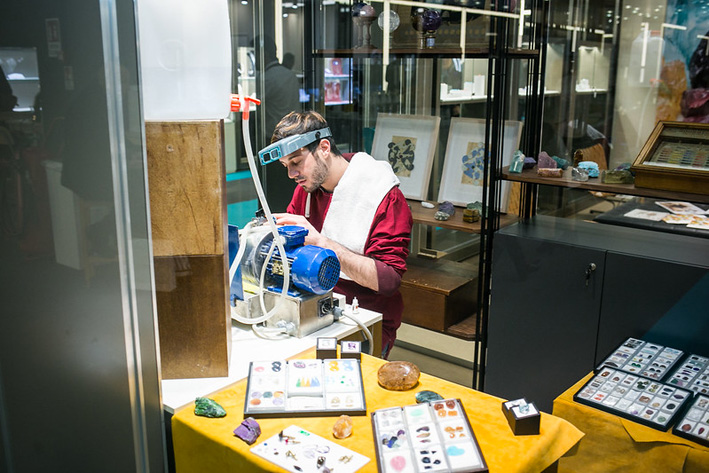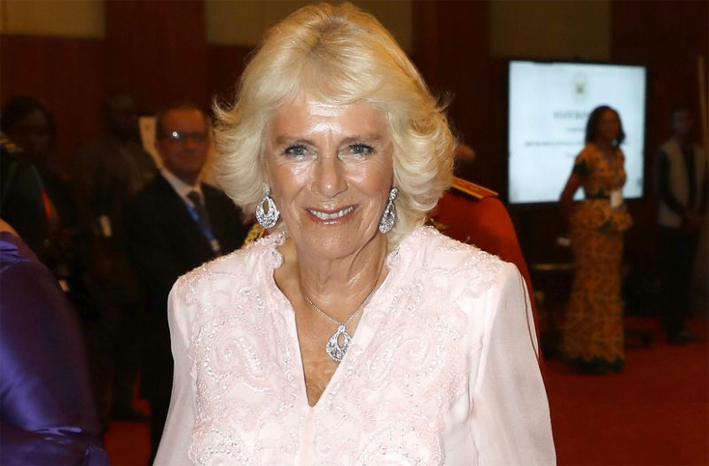How is the jewelry market in Italy going? This question is answered by the second edition of the economic survey organized by the Goldsmiths Club and Banca Intesa Sanpaolo. The results were defined with a survey among the members of the Goldsmiths’ Club, an association that brings together the most important companies in the Italian goldsmith industry. The survey was presented in a talk during the first day of Vicenzaoro. Result: everything is fine for now. More than half of the operators hypothesize a growth in turnover, also confirmed by the change in the Istat index, which stood at + 32% in the first half of 2022, better than the sectors of the fashion sector and the average of Italian manufacturing.
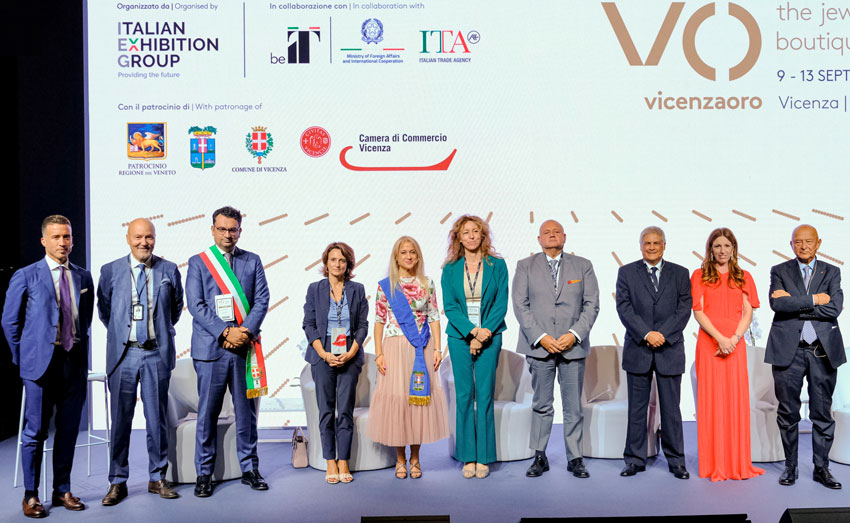
Still according to the survey, in terms of industrial production, jewelery and costume jewelery ranks among the best performers of the Italian industry, both in comparison with the first half of 2021 (+ 23%, in fourth position among the manufacturing sectors) and with respect to first six months of 2019 (+ 30%, which earned it third place in the ranking).
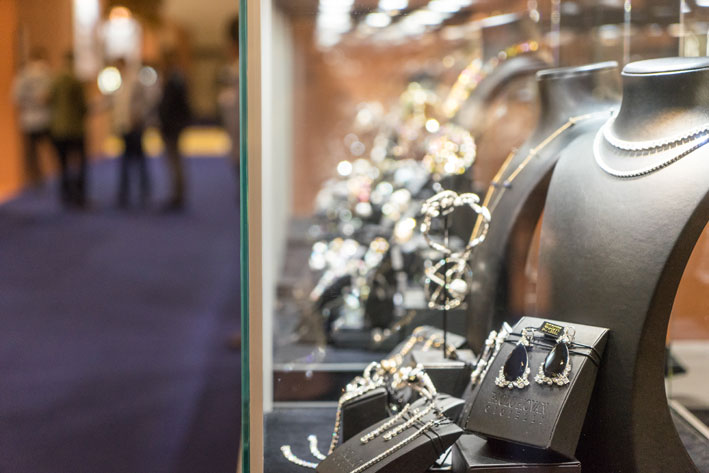
However, some shadows loom. One is brought about by Russia’s war in Ukraine. The second, on the other hand, concerns the increase in interest rates. Furthermore, the inflationary phenomenon is historically accompanied by the increase in the price of gold. At the beginning of September, the survey confirms, compared to previous editions, a downward revision of expectations was recorded which, however, seems to involve only smaller operators. The larger companies, on the other hand, confirm their stability for the current year with 70% of participants declaring a growth in turnover. It should be added, however, that the quantity of what is sold does not always correspond to the profits written in the financial statements.
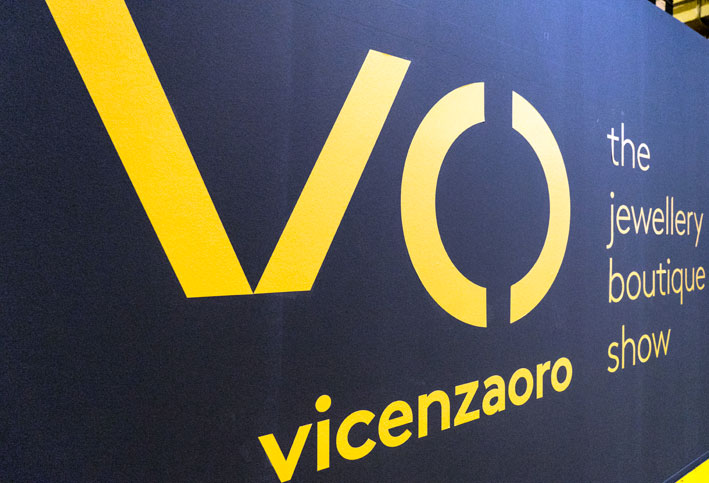
In any case, in the first five months of 2022 there was a growth of 41% in value and 15% in quantity of exports. The Made in Italy jewel has managed to consolidate its positioning towards the main commercial competitors. In particular, it gained positions in the United States where it represents the second partner with a share of 12.7% in the first part of 2022.
However, it is surprising that, faced with this uncertain picture, companies complain in particular of the difficulty in finding labor, a problem indicated by 80% of the largest companies, while among smaller companies the attention to transport costs is growing.

